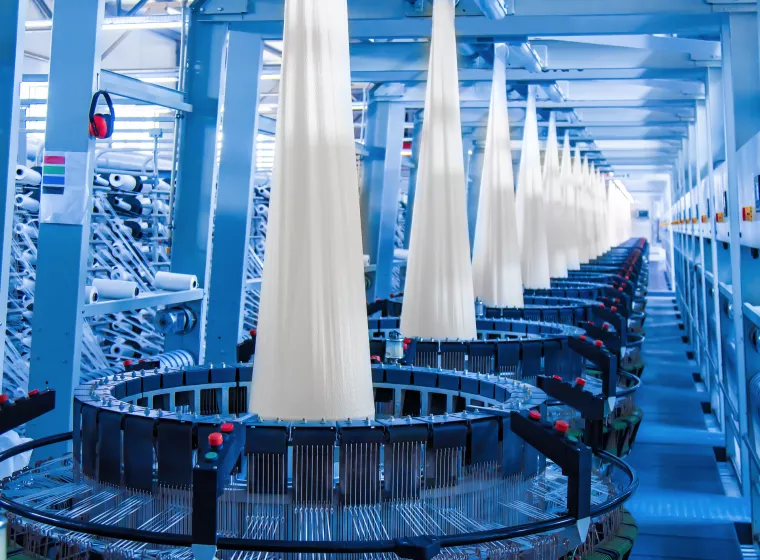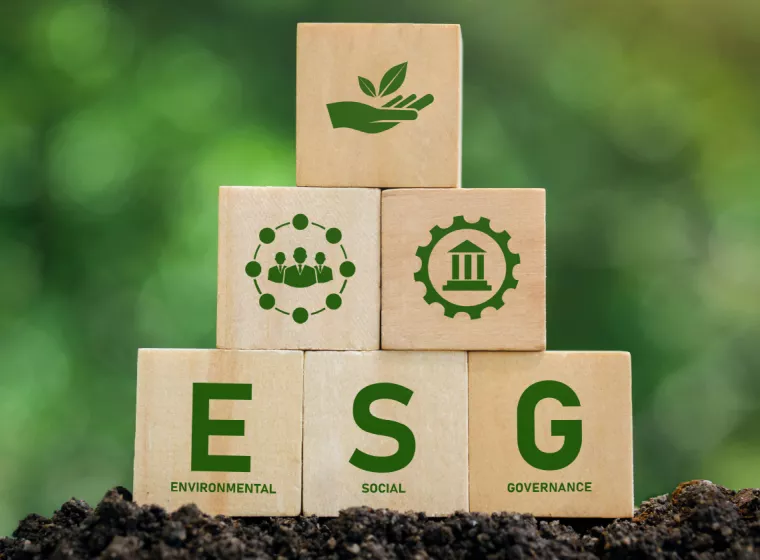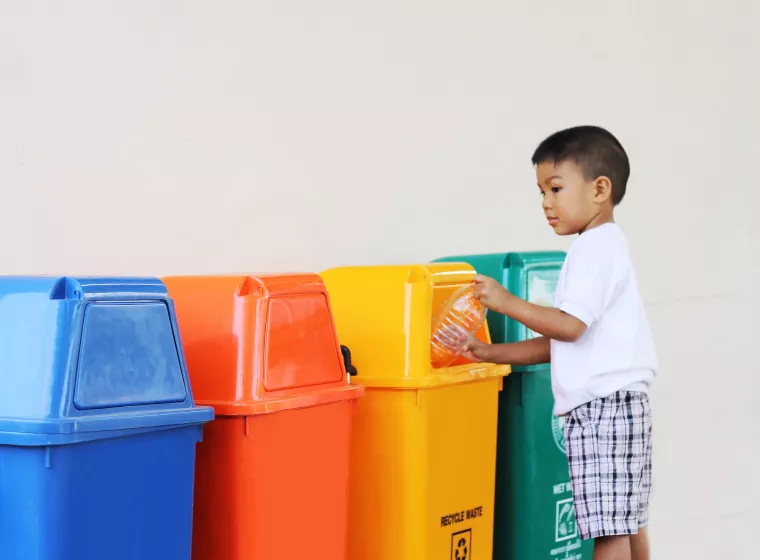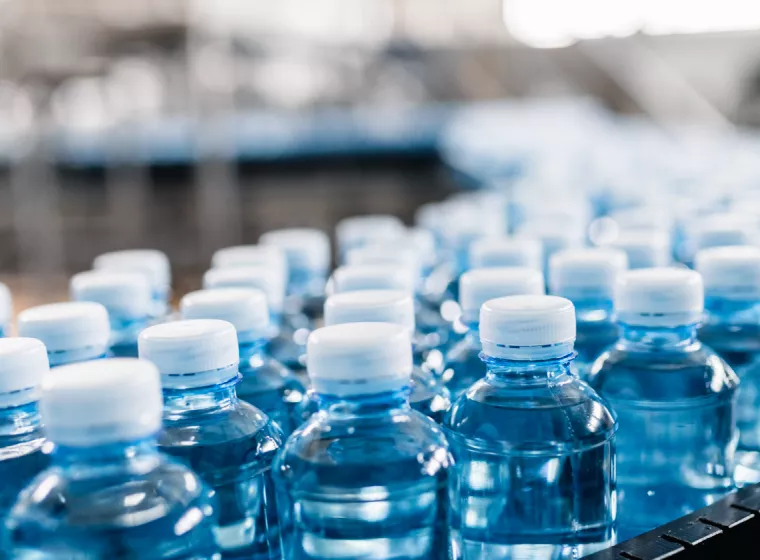October 30, 2025
The European Food Safety Authority's new literature review finds lower levels of microplastics released from food containers than previously thought
On Oct. 21, the European Food Safety Authority (EFSA) released the results of an extensive microplastics literature review of studies published between 2015 and 2024. The agency specifically targeted studies related to plastic food packaging, where EFSA perceived key knowledge gaps.
The review found that, while there is evidence of microplastic release from food containers due to mechanical stress, the actual release into food may be lower than results presented in many publications. The report observes that most of the studies address microplastics with little data on nanoplastics and many methodological shortcomings in the ways in which they counted and categorized micro- and nanoplastics.
This literature review comes at a time of increasing concerns over micro- and nanoplastics from food packaging, with continued pressure from NGOs and the public to better characterize the products from food contact materials (FCMs). This report may provide a direction for more robust studies of food packaging plastic release.
According to EFSA, the most robust studies in the literature review suggest that microplastics are released into foods due to friction caused during the opening and closing of packaging. Aging and damage from ultraviolet (UV) light can embrittle plastic, increasing the amount of microplastic particles released. Conversely, the agency found no significant evidence of microplastic diffusion into foods or "de novo formation of particles and their subsequent release from the surface during the use of FCMs."
The conclusions from EFSA's report are generally consistent with those of other governing bodies. For example, in 2024, the Food and Drug Administration stated that "Current scientific evidence does not demonstrate that levels of microplastics or nanoplastics detected in foods pose a risk to human health." Similarly, in 2022, the World Health Organization concluded that "the available data are insufficient to determine whether exposure to MNP [micro- and nanoplastics] is associated with any direct or indirect characteristic pathology, as concern about QA/QC has been poorly accounted for in published studies."
In light of their literature review, EFSA identified gaps that should be addressed regarding testing and evaluating microplastics moving forward:
- the lack of validated test protocols, including polymer MNP standards and recovery tests using those standards;
- the paucity of information (and suitable analytical methods and their combination) on the release of nanoparticles (< 0.1 µm) and microparticles (< 1 µm);
- the identification of the composition of any purported MNP, their size, and their quantity (number-based and mass-based);
- the contact between non-polar FCM plastics and non-polar fatty food/simulants;
- the testing of real foods (other than water), considering possible mimicking substances;
- the need to estimate dietary exposure to MNP from FCM and place it into perspective with other exposure sources.
Food packaging and plastics manufacturers will want to pay close attention to evolving studies and regulations around micro- and nanoplastics and vet related studies for accuracy and fit for purpose. Exponent can provide guidance and testing support for micro- and nanoplastics in food contact materials as well as other consumer products.
What Can We Help You Solve?
Exponent closely monitors the continually changing plastics regulatory landscape to help clients prepare for new regulations. Our experts have years of experience with the U.S., EU, and international regulatory environments, including consumer product assessments, design support, and product stewardship evaluations.

Designing Plastic Products for Sustainability & Recyclability
Design plastics recyclability and sustainability into your whole product lifecycle.

Sustainability
Meet changing sustainability regulations with rigorous science and experienced consulting services.

Plastics in the Environment
Develop proactive plans to mitigate the environmental impact of polymer and plastic waste.

Polymers Expertise for Consumer Products
Rigorous testing and analysis of polymers in consumer products.

Polymers Used for Food & Beverage Packaging
Create safer, compliant, and high-performing food and beverage products.
![Quality analysis [PSMC]](/sites/default/files/styles/cards_home_card/public/media/images/GettyImages-1221176906.jpg.webp?itok=iXimIDYr)
Quality Analysis of Polymers
Understand complex polymers and material manufacturing challenges throughout the product and process lifecycle.







